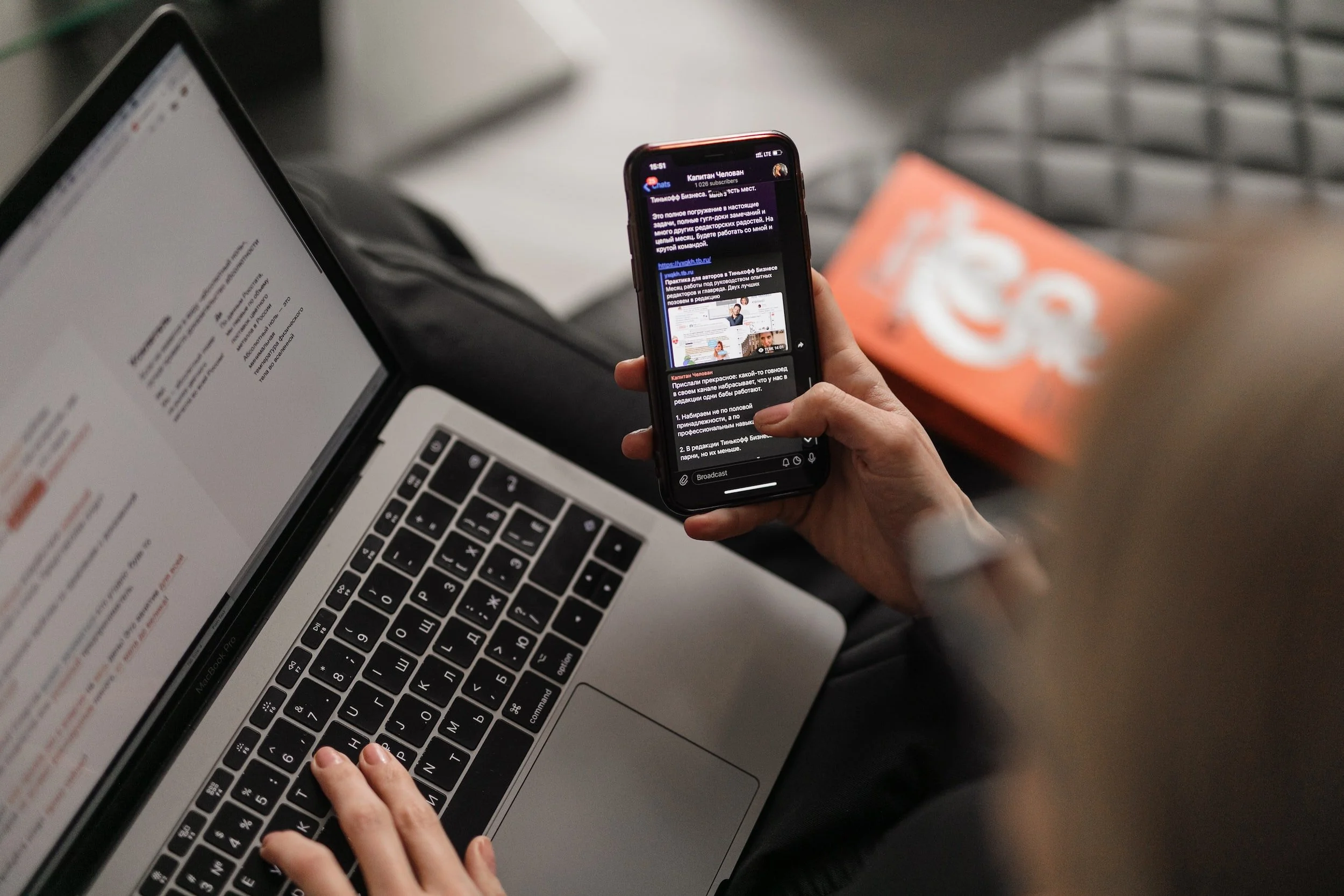Maximizing Productivity: How to Reduce Context Switching and Stay Focused
You open your Gmail and start reading new conversations. You then go into Instagram and see more conversations from customers. Then you see a reel on the Instagram feed when you move to that. Then you go back to your messages. You might think that you only lost 10 minutes while actively using Instagram. The reality is, you potentially lost over 40% of your productive time on your next task. Keep reading to learn more…
In today's fast-paced world, it's easy to feel like you're being pulled in a hundred different directions at once. Whether it's responding to emails, answering phone calls, or attending meetings, there are always competing demands on our time and attention. This constant switching between tasks is known as "context switching," and it can have a significant impact on our productivity and overall well-being.
What is context switching?
Context switching refers to the process of switching from one task or activity to another. It happens when you interrupt your current work to move to a new task, and then switch back again. This can happen multiple times in a day, and it can be challenging to maintain focus and productivity when you're constantly shifting your attention. A lot of us think we’ve mastered the art of context switching, with multiple tabs open on our browser and switching between them all. However, we’re unaware of how much time we’re actually losing and how the quality of work is taking a hit.
Why is context switching a problem?
Studies have shown that context switching can have a significant impact on our productivity and cognitive performance. Every time we switch tasks, it takes our brain time to adjust to the new context, which can result in a loss of focus and increased stress levels. This can lead to decreased productivity and an increased risk of burnout.
A study at the University of California, Irvine found that it takes an average of 23 minutes and 15 seconds to regain full focus and productivity after being interrupted by an external distraction. They also found that people who engaged in context switching tended to change their mental state while doing so. This meant they worked faster, with the reason being they are trying to catch up with the time they are losing due to context switching. This leads to a decrease to a person's wellbeing since they are now working in a state of stress, which affects productivity even more.
How can we reduce context switching?
One of the key ways to reduce context switching is to focus on one thing at a time, as Gary Keller emphasizes in his book, "The One Thing." By identifying the one thing that will make the most significant impact on our goals and focusing all our energy on that, we can eliminate distractions and increase our productivity.
Another way to reduce context switching is to be considerate of the tools you use in your business. At Tonnta, our goal is to create flow within your admin work, which includes reducing the amount of context switching needed for replying to customers. Instead of moving from tab to tab for your customer conversations, Tonnta allows you to only focus on conversations with people, whether they come through Gmail or Instagram. With Tonnta, you can manage all your conversations in one place, reducing the need to switch between multiple apps and interfaces. This can help you stay focused and productive, without getting distracted by constant interruptions, such as reels, posts or ads while you’re in your work mode.
In conclusion, context switching can have a significant impact on our productivity and well-being. By focusing on one thing at a time, setting clear goals, and using tools like Tonnta, we can reduce context switching and increase our productivity and overall success. So why not give Tonnta a try and see how it can help you streamline your communication and boost your productivity?
Sources:
Sign up for a free trial today and see how Tonnta can help you stay organized and productive, while reducing the need for constant context switching.


